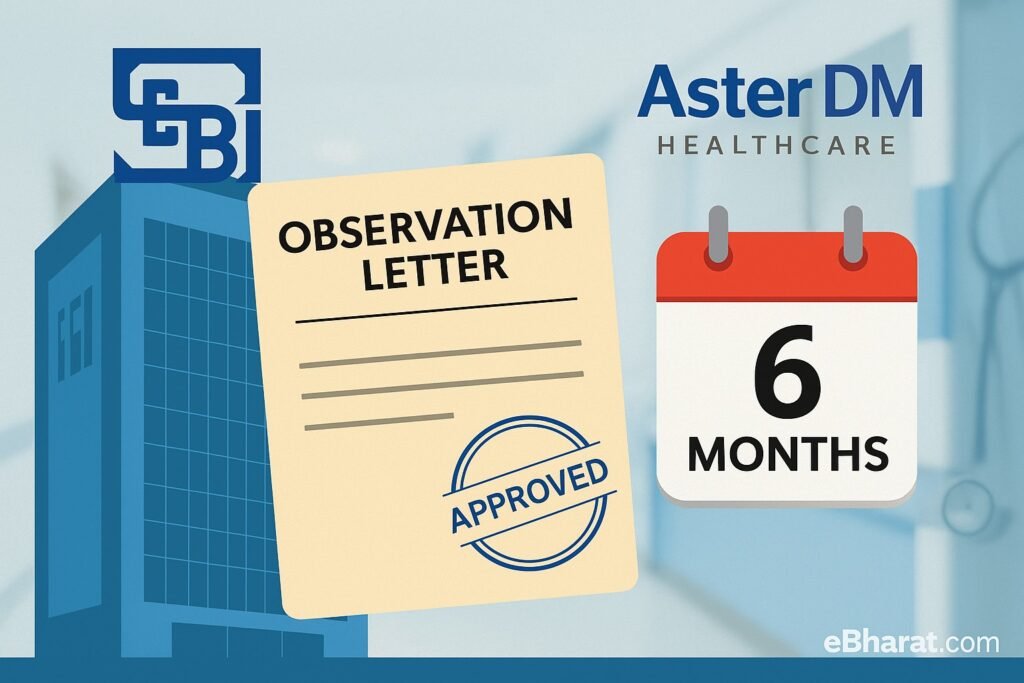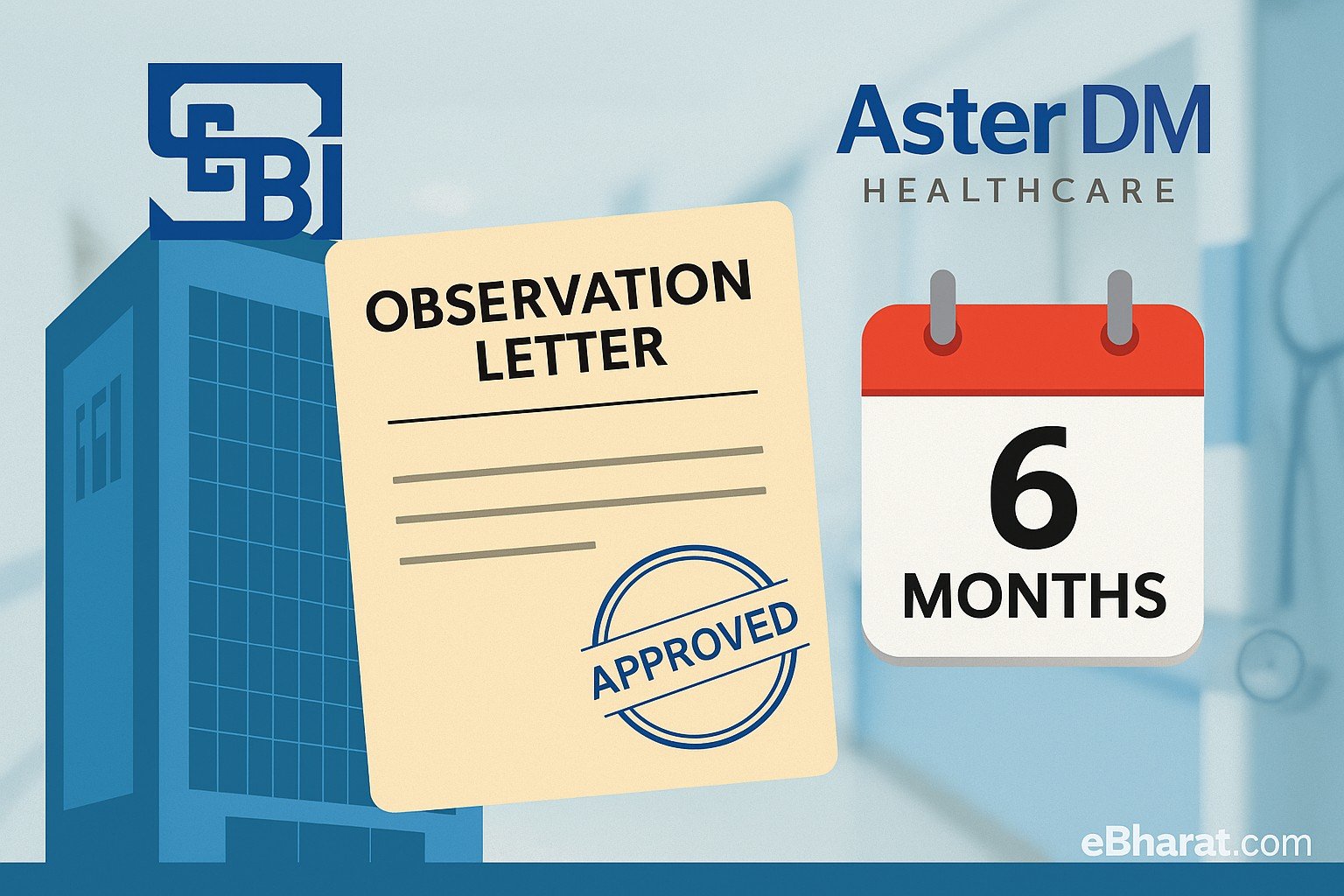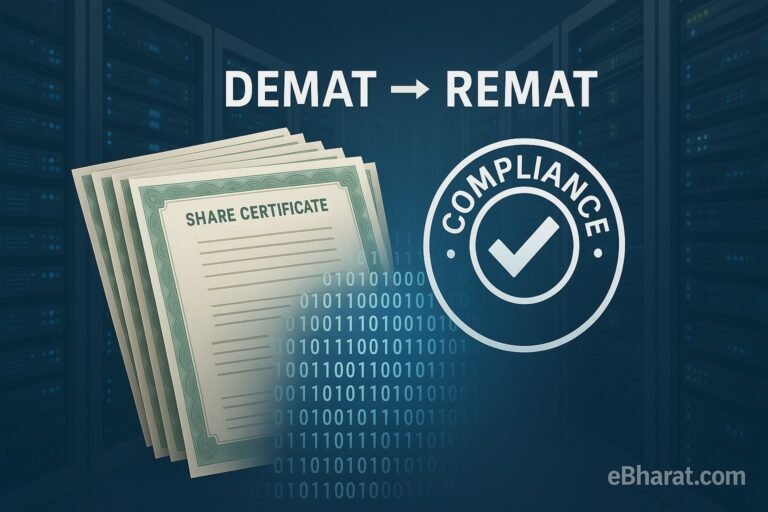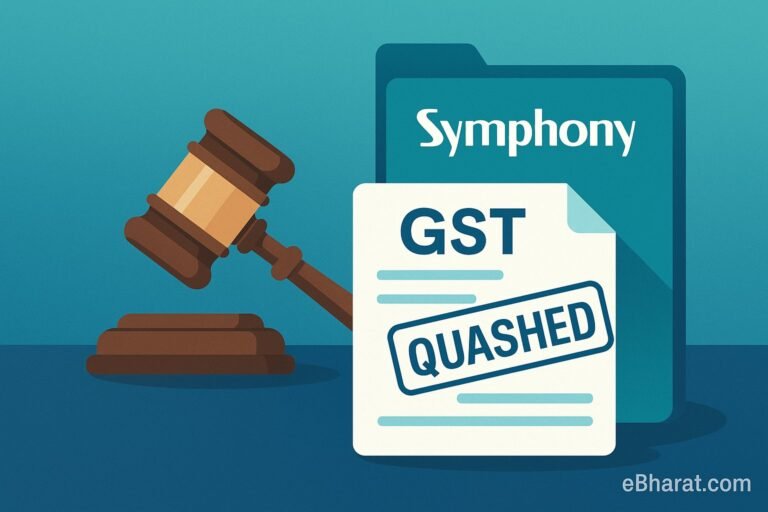
Mumbai | 07-Oct-2025, 13:20 IST
Aster DM Healthcare has informed the exchanges that it has received a formal Observation Letter from the Securities and Exchange Board of India (SEBI) on its proposed corporate scheme. The letter, dated October 6, 2025, carries a six-month validity period, providing the company a regulatory green light to move ahead with its filing before the National Company Law Tribunal (NCLT).
Regulatory Clearance Step
An SEBI Observation Letter is a critical checkpoint in India’s corporate restructuring and compliance framework. Before a company can submit a scheme to the NCLT for approval, it must obtain SEBI’s observations on the draft proposal. This process ensures that investor interests, disclosure requirements, and regulatory safeguards are adequately addressed.
For Aster DM Healthcare, receiving the observation letter marks progress in its plan. While the details of the scheme were not disclosed in the filing, such schemes typically relate to mergers, demergers, amalgamations, or corporate reorganisations.
Six-Month Validity and Its Importance
The observation letter issued by SEBI is valid for six months, meaning Aster DM must move to file its scheme with the NCLT before the validity period lapses in early April 2026.
If the company fails to act within this window, the observation letter would expire, and Aster DM would need to resubmit documents to SEBI for fresh review. This makes the timeline particularly important for investors and stakeholders tracking the development.
What Investors Should Note
- Compliance window: The six-month deadline sets a firm outer limit for filing the scheme with the NCLT. Investors will closely watch whether Aster DM adheres to this timeline.
- Possible conditions: Observation letters can sometimes contain clarifications or conditions from SEBI. These may relate to disclosures, investor protection measures, or process steps that the company must fulfil before or during NCLT proceedings.
- Future updates: Once the scheme is filed, the next big update will be the NCLT hearing schedule and the tribunal’s interim orders.
Market Significance
The healthcare sector has been witnessing restructuring moves as companies streamline operations, expand footprints, or unlock value for shareholders. For Aster DM, timely compliance with SEBI’s requirements helps maintain regulatory credibility and investor trust.
Corporate schemes requiring both SEBI and NCLT scrutiny are generally closely followed by the market, since approvals (or delays) can have direct implications for shareholding structures, business strategy, and market valuation.
What to Watch Next
- NCLT filing: Aster DM’s application to the tribunal within the six-month window.
- Clarifications: Any additional questions raised by SEBI or NCLT during the process.
- Effective date guidance: Timelines that the company may share for when the scheme is likely to come into effect.
Why It Matters
Investors and analysts often view the receipt of an SEBI Observation Letter as a positive milestone. It reflects that the regulator has reviewed the scheme draft and is comfortable allowing the company to progress further. The next stages — NCLT hearings and eventual effective date announcements — will determine when and how the scheme is implemented.













